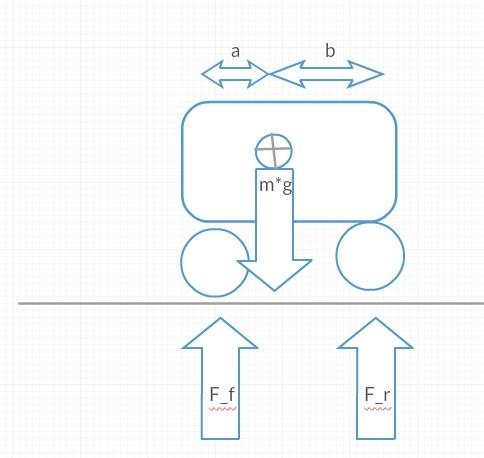NoahLKatz
Mechanical
- Jun 24, 2016
- 47
I've long been mystified by this aspect of how ARB's work.
Why doesn't transferring weight from inside to outside tires increase their lateral tractive capability?
Seems to me that's what would should happen when increasing normal force w/o increasing the lateral force.
I understand that increased slip angles may require steering angle correction, but that's a different issue.
Why doesn't transferring weight from inside to outside tires increase their lateral tractive capability?
Seems to me that's what would should happen when increasing normal force w/o increasing the lateral force.
I understand that increased slip angles may require steering angle correction, but that's a different issue.

![[thumbsup2] [thumbsup2] [thumbsup2]](/data/assets/smilies/thumbsup2.gif)
